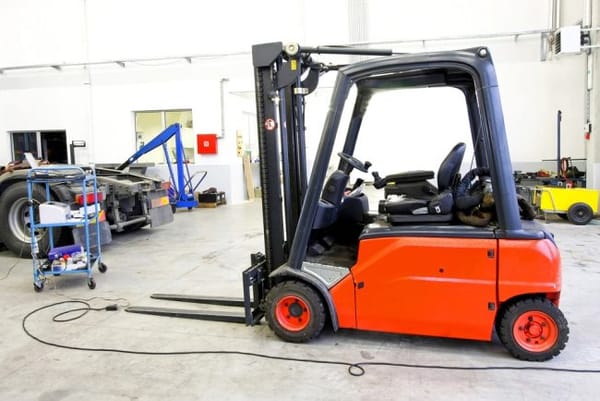What are a worker’s health and safety duties?
On 18 June 2021, the District Court of NSW handed down the decision of SafeWork NSW v Scharfe (2021), which authoritatively determined the scope of a duty owed by a worker pursuant to s 28(b) of the Work Health and Safety Act 2011 (WHS Act).
Case background
Glenn Scharfe worked at Hubtex Pty Ltd. His duties included overseeing the day-to-day operations of the workshop, and supervising five workers and Jai Blackman, a 16-year-old on a work trial. Blackman had left school in year 10 and was hoping to commence an apprenticeship with Hubtex.
On 2 March 2017, Scharfe instructed Blackman to dismantle and clean a forklift gearbox using a spanner. Blackman, on his own initiative, used brake cleaner and a rattle gun to dismantle the gearbox. A spark from the rattle gun ignited the flammable brake cleaner. The flame caused burns to Blackman’s face, ears, right arm and left hand.
The prosecution asserted that Scharfe failed to comply with his work health and safety duty by exposing Blackman to a risk of death or serious injury. Scharfe pleaded not guilty to this offence.
What duty did Scharfe owe?
The Court determined that “a worker’s duty to take reasonable care that his or her acts or omissions do not adversely affect the health and safety of other persons, is a duty not to expose those persons to a risk of injury as a result of the immediate conduct of the worker”.
In determining what duty Scharfe owed, the Court took into consideration the following:
- Blackman was not taken through any safe work method or any Material Data Safety Sheets (MDSS) for the chemicals around the workshop, including the brake cleaner.
- Blackman was aware the brake cleaner was flammable, but not that the rattle gun would create a spark.
- Blackman was not performing to a satisfactory level. At a review meeting held with Blackman as a result of concerns about his conduct, he was given feedback that he “has a poor attitude with regards to when he is asked to perform a task. He thinks that he knows the best way to do something rather than listening to how we want the task performed”.
- Another worker observed Blackman using brake cleaner. Blackman was told that the brake cleaner was not the correct product to dismantle equipment, that it was dangerous, expensive and not to be wasted.
- The brake cleaner did not have a warning on its label, and was kept on the bench where anyone could access it.
Did Scharfe breach his duty?
To determine whether Scharfe breached his duty as a worker, the Court had to be satisfied beyond reasonable doubt that Scharfe failed to take reasonable steps to prevent the risk of injury. To determine this, the Court considered if the risk itself of the brake cleaner being used and igniting was reasonably foreseeable or not. Importantly, this assessment is objective and cannot be undertaken with the benefit of hindsight.
The Prosecution asserted that Scharfe should have:
- warned Blackman that brake cleaner was highly flammable;
- warned Blackman that the rattle gun should not operate around explosive material;
- informed Blackman about the MDSS for brake cleaner; and
- been supervising Blackman the whole time.
It was not in dispute that Scharfe did not warn Blackman about the brake cleaner nor train him on the MDSS. However, Scharfe did not know or expect that Blackman was using brake cleaner as a degreaser. The Court found it was not reasonably foreseeable that Blackman would use brake cleaner when instructed to use a spanner.
In regards to supervision, the Court considered that the task of dismantling a gearbox was a simple, menial task that should not have required supervision. Blackman also had been allocated similar tasks during his work trial.
The Court found the risk of the brake cleaner igniting and harming Blackman was not reasonably foreseeable. As a result, the Court found that the prosecution had not made out its case against Scharfe.
Even had the risk been foreseeable, the Court considered whether the “act or omission” by Scharfe was a “significant or substantial” cause of Blackman being exposed to the risk of the fire from the brake cleaner.
The Court found that, as the risk was not reasonably foreseeable, Scarfe’s acts or omissions could not be a significant cause of the risk.
Takeaways from this case
Employers and workers need to be aware of the different duties between a worker and a person conducting a business or undertaking (PCBU). This case confirmed that, unlike a PCBU, a worker is not expected to eliminate all risks but rather is required not to expose others to risks from the immediate conduct of the worker. A worker must take reasonable steps over the matters they can control.
The general duty of care still remains with the PCBU to take reasonably practicable steps to eliminate or minimise risks of injury.
From the experts behind the Health & Safety Handbook, the Bulletin brings you the latest work health and safety news, legal updates, case law and practical advice straight to your inbox every week.

